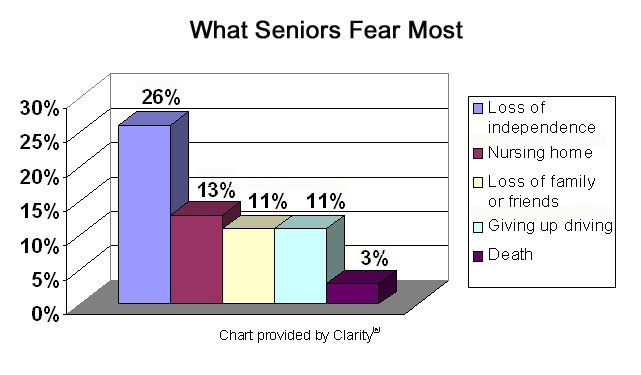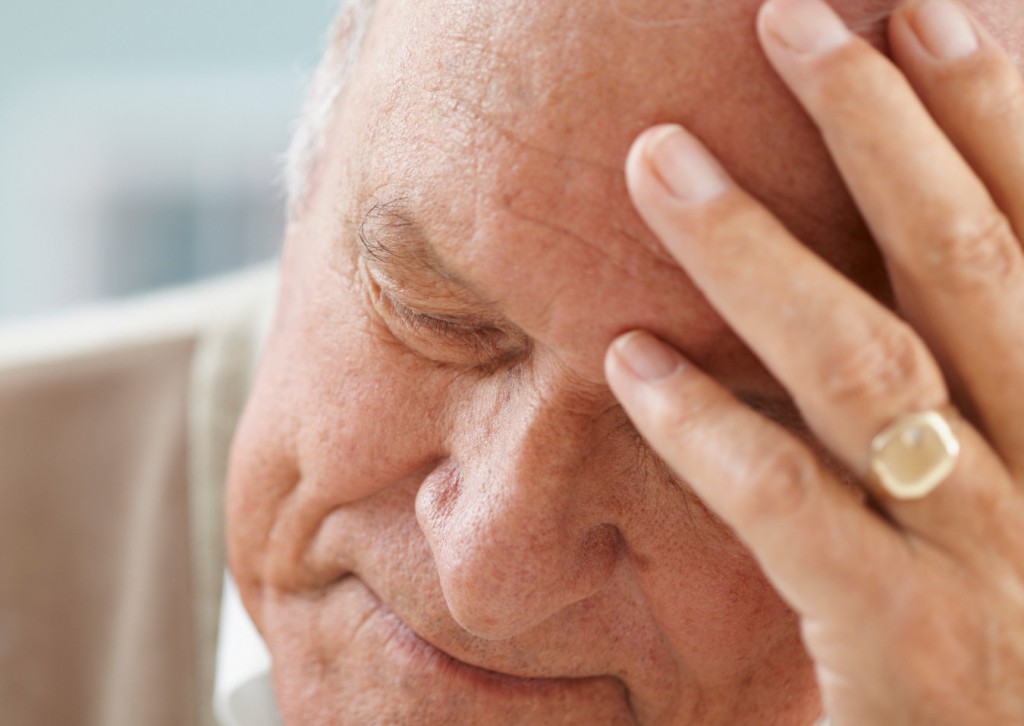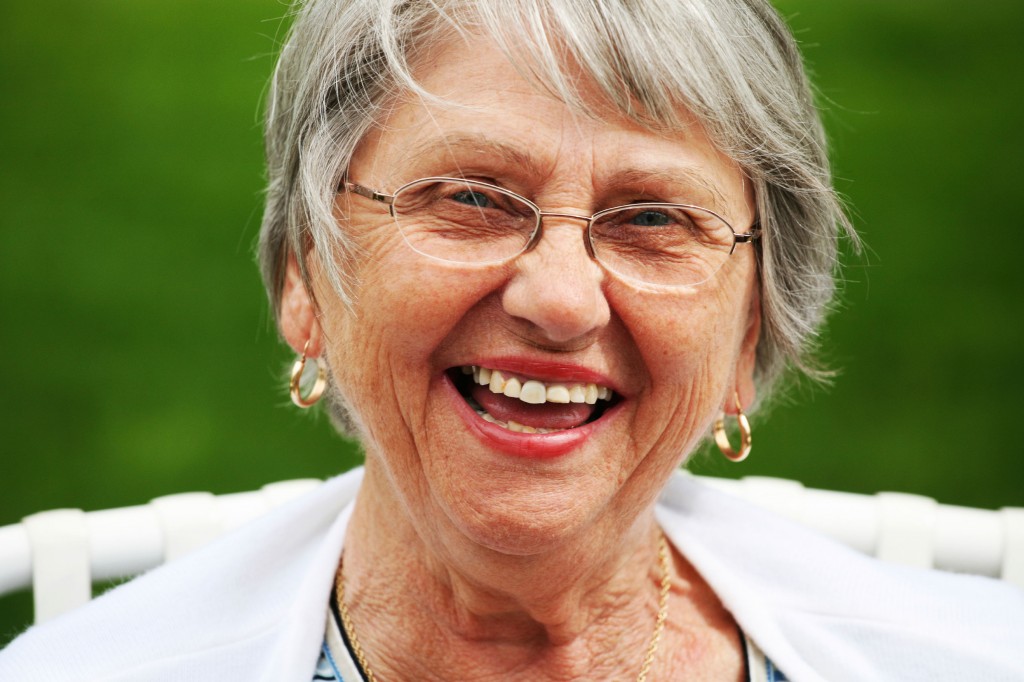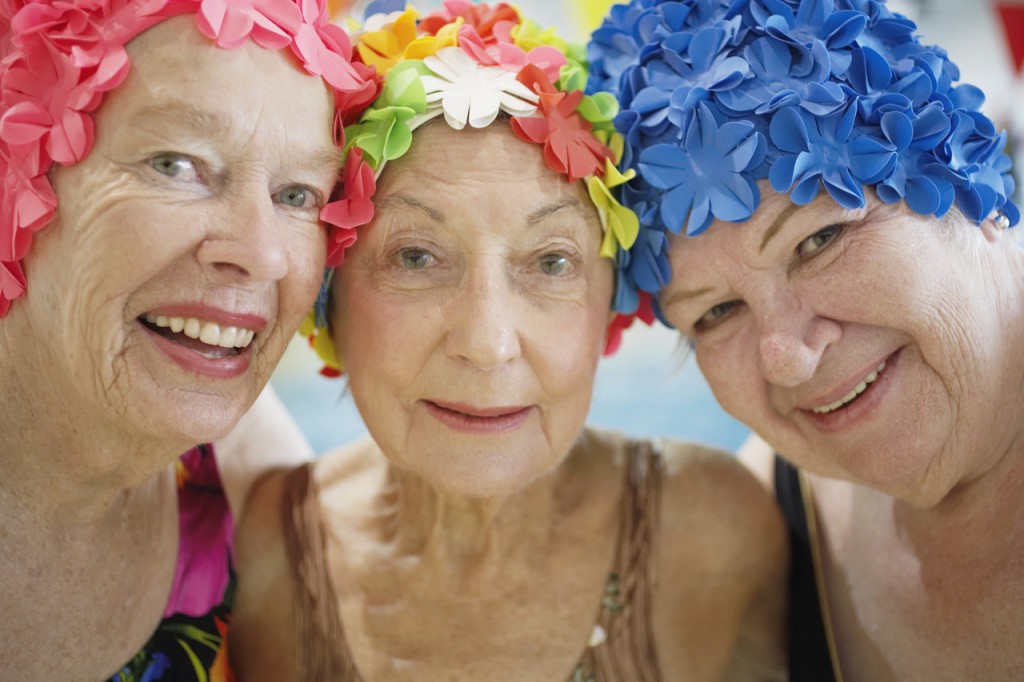 Prepare Yourself – To live longer, healthier and happier
Prepare Yourself – To live longer, healthier and happier
“If I’d known I was going to live this long, I’d have taken better care of myself.” So said Eubie Blake, the great ragtime composer and pianist who was still performing at the age of 99, the year before his death. Let’s face it: old age is what lies ahead. If you’re 40 or 50 or even 60, you might not give much thought to the health challenges of aging. But just as planning for future financial needs is important, so is planning for optimum health in our later years.
What should you prepare for, and how?
Medical experts express about the major health issues that may lie ahead. While some diseases, such as Alzheimer’s and certain cancers, continue to confound researchers, a great number can be prevented, forestalled, or minimized with a healthy lifestyle and regular health screenings. Sharon Brangman, MD, AGSF, spokeswoman for the American Geriatrics Society, says, “The more you do in middle age to prepare yourself for successful aging, the better.”
Obesity and Metabolic Syndrome
About three-fourths of adults aged 60 and older are overweight or obese. Obesity is related to type 2 diabetes, cardiovascular disease, breast and colon cancer, gall bladder disease, and high blood pressure.
More than 40% of adults 60 and older have a combination of risk factors known as metabolic syndrome, which puts people at increased risk for developing diabetes, cardiovascular disease, and certain cancers. It is characterized by:
- Waist measurement greater than 40 inches in men, 35 inches in women (apple-shaped body)
- Triglyceride level of 150 mg/dL or higher
- HDL “good” cholesterol level less than 40mg/dL in men, 50 mg/dL in women
- Blood pressure of 130/85 or higher
- Fasting glucose level of 110 mg/dL or higher
“Women in, and post-menopausal stages tend to accumulate fat around the waist and hips, and men get the gut,” says Brangman. “The best way to fight it is with increasing exercise, reducing alcohol intake — because a lot of alcohol calories go right to the gut — and reducing calorie intake. Also, increase your healthy fat intake — omega-3 fatty acids and unsaturated fats. And eliminate trans fats completely because there’s no safe amount of those.” She also advises avoiding foods sweetened with high-fructose corn syrup. The common sweetener is found in everything from sodas to breakfast cereal to low-fat yogurt. “In middle age, we should eat foods as close to naturally prepared as possible.”
Arthritis
Arthritis affects nearly half the elderly population and is a leading cause of disability. “Old injuries from playing weekend warrior or high school football, and years of wearing high-heeled shoes catch up with us,” says Brangman. “And arthritis in the knees is the price we pay for walking upright on two legs.” The keys to prevention: avoid overuse, do steady, regular exercise rather than in weekend spurts, and stop if you feel pain. “The adage, ‘no pain, no gain,’ is not true.” And managing your weight is just as essential for joint health as cardiovascular health. The Framingham osteoarthritis study showed that a weight loss of just 11 pounds could reduce the risk of developing osteoarthritis in the knees by 50%.
Osteoporosis and Falls
Osteoporosis and low bone mass affects almost 44 million adults age 50 and older, most predominantly affecting women. According to the National Osteoporosis Association, osteoporosis is not part of normal aging. Healthy behaviours and treatment, when appropriate, can prevent or minimize the condition.
In a given year, more than one-third of adults, age 65 and older experience a fall. Twenty percent to 30% of those who fall suffer injuries that decrease mobility and independence; falls are the leading cause of death from injury in this age group.
“Stop smoking, watch your alcohol intake, get plenty of calcium, and limit foods with high acidic content,” says Brangman. “Avoid sodas. They encourage loss of calcium. Our bodies always maintain calcium, and when there’s not enough coming in from our diet, it comes out from our bones. One reason women are especially at risk for osteoporosis is that if they’ve had children; it takes a whole lot of calcium to develop a baby, and that calcium is taken from the mother’s bones if she’s not getting enough in her diet.” Adults in middle age need 1,000 to 1,200 milligrams of calcium daily.
Vitamin D, “the sunshine vitamin,” is also important. Using sunscreens to protect against harmful UV rays is wise, but sunscreens also blocks the same ultraviolet rays the body needs to make vitamin D.
Furthermore, with age our bodies become less efficient at making vitamin D from sunlight. There is a move to get the FDA to increase the minimum requirement for vitamin D to at least 800, or maybe even 1,000 units. Most multiple vitamins contain 400 units. Make sure you’re getting enough from low-fat dairy products, or take a supplement.”
Weight-bearing exercise also helps to keep bones healthy. “If you’re not exercising, starting at any age is beneficial. It’s never too late, but the sooner the better.
Cancer
Risk for developing most types of cancer increases with age.
As women age, the rate of cervical cancer decreases, and endometrial cancer increases. Sometimes women slack off gynecological exams after their childbearing years, but I still think it’s important for women to get regular exams.”
The risk of prostate cancer increases with age, and black men have a higher rate than white men. Screening should start in your 40s, and at the very least should involve a digital rectal examination.
Lung cancer accounts for more deaths than breast cancer, prostate cancer, and colon cancer combined. “Stop smoking.”
Cardiovascular Disease (CVD)
Younger baby boomers take heed: cardiovascular disease (CVD) affects more than one-third of men and women in the 45- to 54-year age group, and the incidence increases with age. Cardiovascular diseases, which are diseases of the heart or blood vessels, are the leading cause of death in the U.S. and Canada. They include arteriosclerosis, coronary heart disease, arrhythmia, heart failure, hypertension, orthostatic hypotension, stroke, and congenital heart disease.
A healthy lifestyle can reduce the risk of heart disease by as much as 80%, according to data from the Nurses’ Health Study, an extensive research effort that followed more than 120,000 women aged 30 to 55 starting in 1976. Looking at data over 14 years, the researchers showed that women who were not overweight, did not smoke, consumed about one alcoholic drink per day, exercised vigorously for 30 minutes or more per day, and ate a low-fat, high-fibre diet had the lowest risk for heart disease.
If you have high blood pressure, get it under control. It reduces the rate of stroke and heart attacks. People say the medicines have bad side effects, but there are enough medications to choose from that you and your physician should be able to find one that’s right for you.
Prepared foods are loaded with salt. Limit salt intake to control high blood pressure. The minute food comes out of a can or frozen food package or from a fast-food environment you lose control of the ingredients. This is another reason to eat foods as close to naturally prepared as possible.
Vision and Hearing Loss
Age-related eye diseases — macular degeneration, cataract, diabetic retinopathy, and glaucoma — affect 119 million people aged 40 and older, according to the 2000 census. And that number is expected to double within the next three decades.
“Eating foods with high antioxidant content may be helpful in reducing vision loss due to macular degeneration,” says Brangman. “And taking vitamin supplements for eye health may help. A lot of my geriatric patients are taking them now, which may not be as helpful as taking them when you’re younger.”
It also appears that smokers are at higher risk for macular degeneration, so that’s another reason to stop smoking. Regular eye exams should include screening for glaucoma, which is called “the sneak thief of sight” for the fact that the first symptom is vision loss. The disease can be arrested, but vision lost to glaucoma cannot be restored.
The incidence of hearing loss increases with age. Twenty-nine percent of those with hearing loss are 45-65; 43% of those with hearing loss are 65 or older.
Hearing loss takes a toll on the quality of life and can lead to depression and withdrawal from social activities. Although hearing aids can help, only one out of four people use them.
High-frequency hearing loss is common in old age and made worse by a lifestyle that includes exposure to loud sounds. The 40- and 50-year-olds who went to the rock concerts that were so loud they were pulsating in their chests are starting to pay. Another factor is working or having worked in a noisy environment, such as airports or factories.”
Her advice to people at any age: Don’t use earbuds! Any source of sound that fits in the ear canal, such as using Walkmans or iPods, really puts your hearing at risk. If you’re going to use an iPod, don’t put it directly in your ear, and lower the volume.”
She says hearing aids are not an ideal solution for hearing loss. “My patients complain that they magnify the wrong sounds. They keep their $3,000 or $4,000 hearing aids in the nightstand.”
Teeth
The good news is that you’ll probably keep your own teeth, and implants and bleaching can make your teeth look years younger than the rest of your body. Only about 25% of people over age 60 wear dentures today.That’s because of a lifetime of good dental health and diet. Unfortunately, the people who haven’t had a lifetime of good health care and healthy practices are at risk for losing their teeth.The US and Canadian Dental Associations advises brushing twice a day with fluoridated toothpaste, flossing daily to remove plaque, and visiting your dentist regularly.
Mental Health: Memory and Emotional Well-being
Forget what you think you know about memory loss and old age. It is not inevitable. So why do so many people say, “My memory isn’t what it used to be,” or “I’m having a senior moment?” Stress, anxiety, and mental overload are most likely responsible. “Stop multitasking,” says Brangman, who is professor and division chief and geriatric medicine director at the Central New York Alzheimer’s Disease Centre, SUNY Upstate Medical University in Syracuse, N.Y. “Our brains are made for us to do one thing at a time. Multitasking overloads the brain so people aren’t remembering things and get concerned they’re having memory problems.”
Doing the things that keep your heart healthy will also keep your brain healthy. The same blood vessels that go to the heart branch off and go to the brain. Exercise, control your blood pressure, quit smoking, and if you have diabetes, keep it under control.
Staying mentally active is as important as staying physically active. Join a book club, stay up on current events, engage in stimulating conversations, and do crossword puzzles. “The new rage is Sudoku puzzles. They’re absorbing and require a tremendous amount of concentration, and there’s a lot of satisfaction in getting it right.”
One of the perplexing problems of aging is Alzheimer’s disease. About 3% of men and women aged 65 to 74 have Alzheimer’s disease, and nearly half of those aged 85 and older may have the disease. We’re not aware of anything people can do to prevent Alzheimer’s or dementia, but we’re learning new things about the brain every day.
Among all age groups, depression is often an under-diagnosed and untreated condition. Many people mistakenly believe that depression is a natural condition of old age. Of the nearly 35 million Americans aged 65 and older, an estimated 2 million have a depressive illness and 5 million more may have depressive symptoms that fall short of meeting full diagnostic criteria.
When you get older, you’re dealing with life-change issues. Kids leaving home, health problems, loss of parents & friends, and advanced ageing related issues (financial, caregiver arrangements, physical challenges, etc). We notice that all the basketball players are younger than us, and the music and ads are for a younger demographic. He advises anticipating and preparing for the changes to come.
One of the biggest life changes is retirement. Many people have their sense of worth tied up with work. In retirement, depression and suicide rates rise.
Prepare for retirement by thinking about what some call “the second act”. What would you have wanted to do if you hadn’t done your career? Jimmy Carter is a perfect example. After his presidency, he went on to become a humanitarian, working on behalf of international human rights and Habitat for Humanity.”
Recognize that some physical abilities will decline, but giving up sports altogether isn’t the answer. People who are active in sports such as basketball or football should think ahead to activities such as golf or water polo that put less stress on the joints.
Also recognize in your 40s and 50s that parents and grandparents won’t be around forever. In anticipation of their getting old and dying, making contact and tying up loose ends can be useful.
Nurturing your spiritual side may be in order as you get older and face mortality. For many people who have drifted away from religion or spiritual practice, it’s sometimes comforting to reassess that. Do I need to connect with my religion or spend time becoming the spiritual person I want to become? Pay attention to it if it’s important to you.
Finally, just the way you figure out your finances, figure out what you need to make you happy, and if you have a medical problem or mental health problem, how will you deal with it. Make some strategic decisions about how you want to live your life.
Do Your Part
according to the Centre for Disease Control (CDC)Much of the illness, disability, and deaths associated with chronic disease are avoidable through known prevention measures, including a healthy lifestyle, early detection of diseases, immunizations, injury prevention, and programs to teach techniques to self-manage conditions such as pain and chronic diseases . While the future will undoubtedly bring medical advances in treatments and cures… but if you can keep all your parts original, they are the best.
Of course, this is not a road that you must commute alone. You can benefit through a service partnerships with In Our Care – Home Care Services to maximize your independence, mobility, safety and engagement in social and community events.
Please contact us today, to discuss any challenges you may be facing and how our services can help you remain independent, protected, safe, and in you home / community.
You got questions, we have answers: (905) 785-2341 or email us at
 1 – Dementia is not a natural part of ageing
1 – Dementia is not a natural part of ageing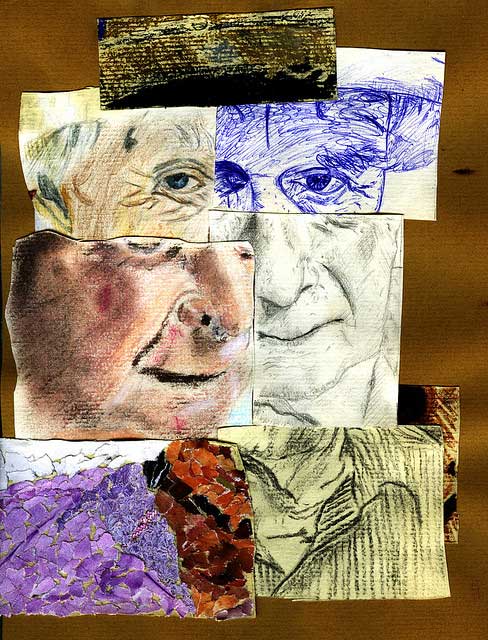 5 – There’s more to a person than the dementia
5 – There’s more to a person than the dementia

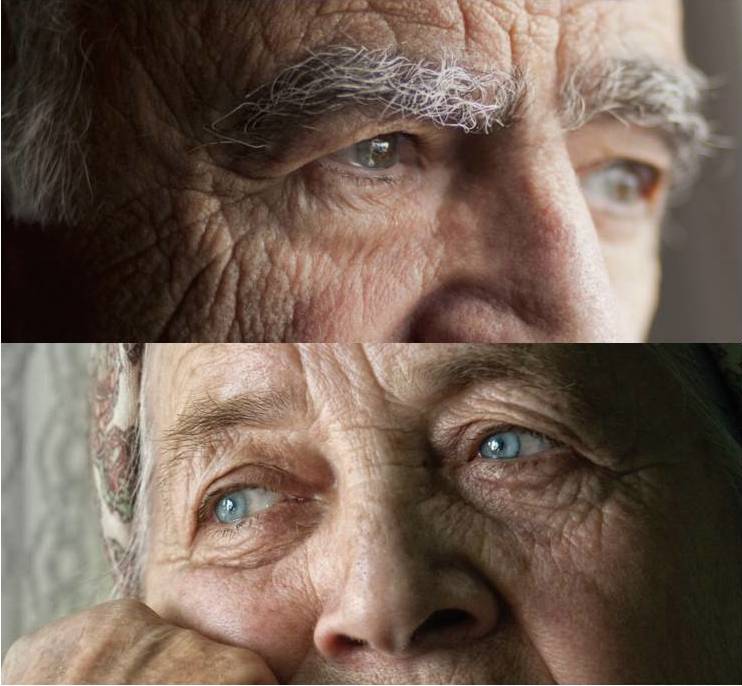
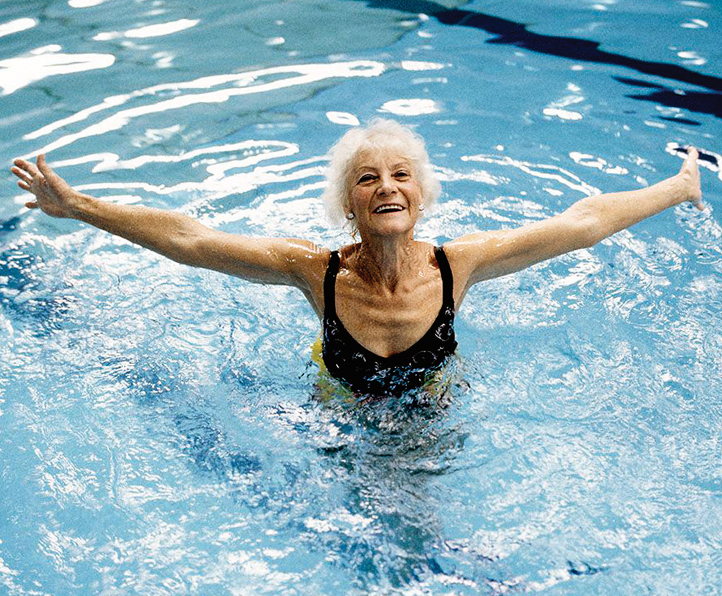 This article delves into ageist stereotypes dressed-up in the garb of myth that biases perceptions and experiences of being old. The article argues current ”mythmaking” about aging perpetuates that which it intends to dispel: ageism. It considers how traditional myths and folklore explained personal experience, shapes social life, and offers meaning for the unexplainable. The current myths of aging perform these same functions in our culture; however, they are based on half-truths, false knowledge, and stated as ageist stereotypes about that which is known. Recent studies in the cognitive sciences are reviewed to provide insight about the mind’s inherent ability to construct categories, concepts, and stereotypes as it responds to experience. These normal processes need to be better understood, particularly regarding how social stereotypes are constructed. Finally, the article argues that ageist stereotypes when labeled as ”myth” even in the pursuit of the realities of aging, neither educate the public about the opportunities and challenges of aging nor inform social and health practitioners about the aged.
This article delves into ageist stereotypes dressed-up in the garb of myth that biases perceptions and experiences of being old. The article argues current ”mythmaking” about aging perpetuates that which it intends to dispel: ageism. It considers how traditional myths and folklore explained personal experience, shapes social life, and offers meaning for the unexplainable. The current myths of aging perform these same functions in our culture; however, they are based on half-truths, false knowledge, and stated as ageist stereotypes about that which is known. Recent studies in the cognitive sciences are reviewed to provide insight about the mind’s inherent ability to construct categories, concepts, and stereotypes as it responds to experience. These normal processes need to be better understood, particularly regarding how social stereotypes are constructed. Finally, the article argues that ageist stereotypes when labeled as ”myth” even in the pursuit of the realities of aging, neither educate the public about the opportunities and challenges of aging nor inform social and health practitioners about the aged.
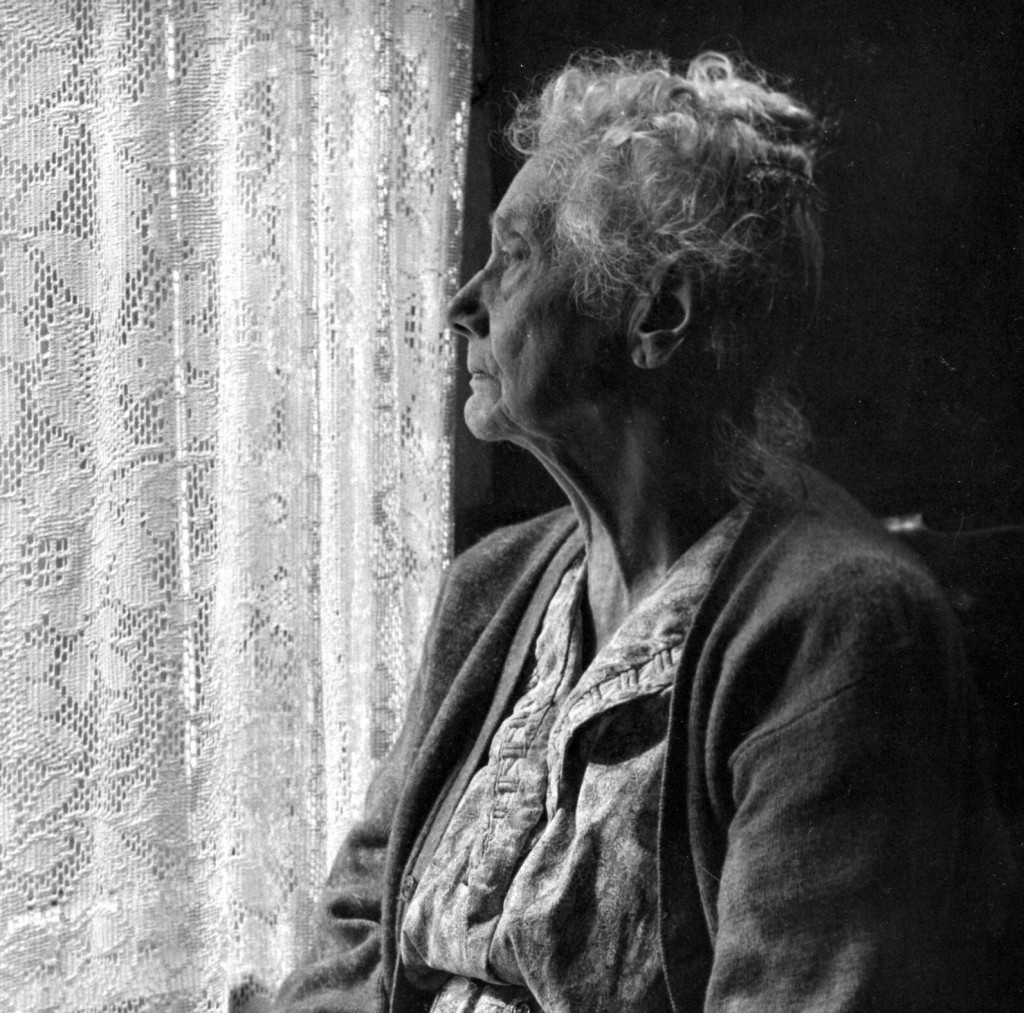

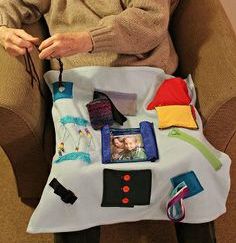
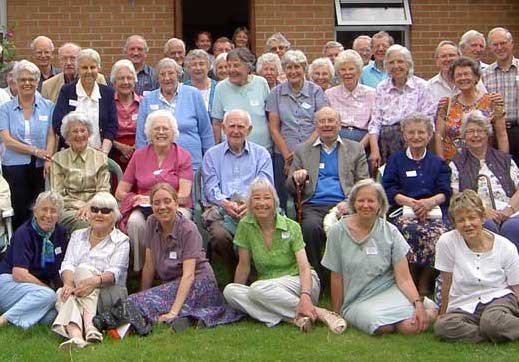 A Summary of Canada’s Aging Population
A Summary of Canada’s Aging Population
